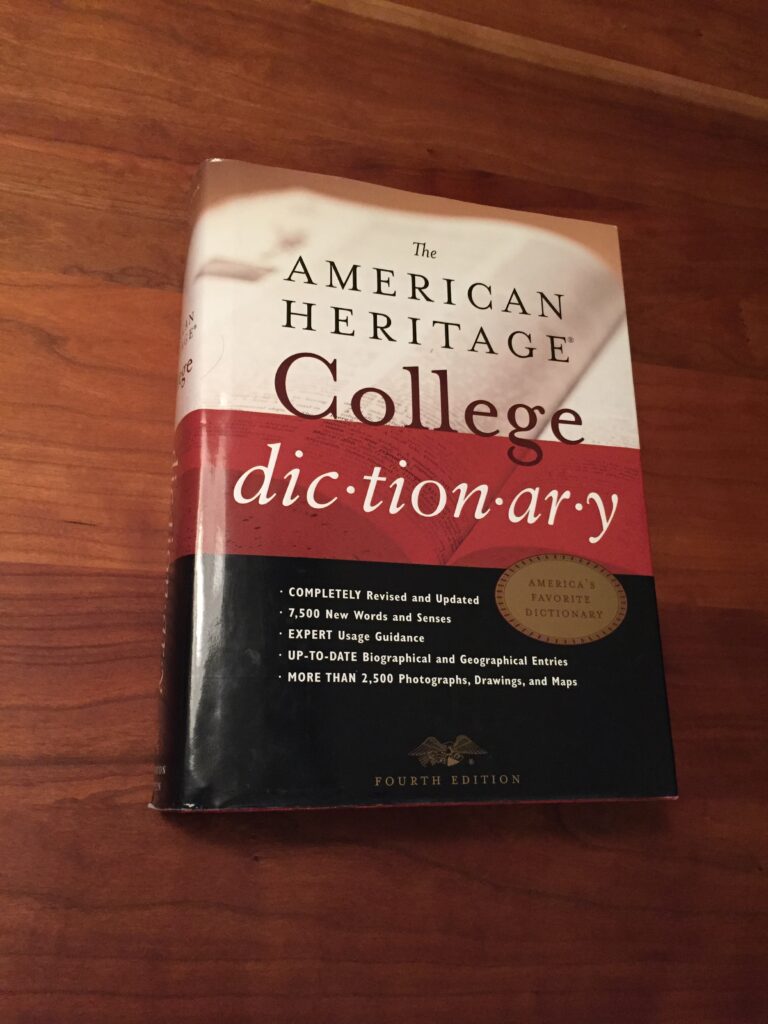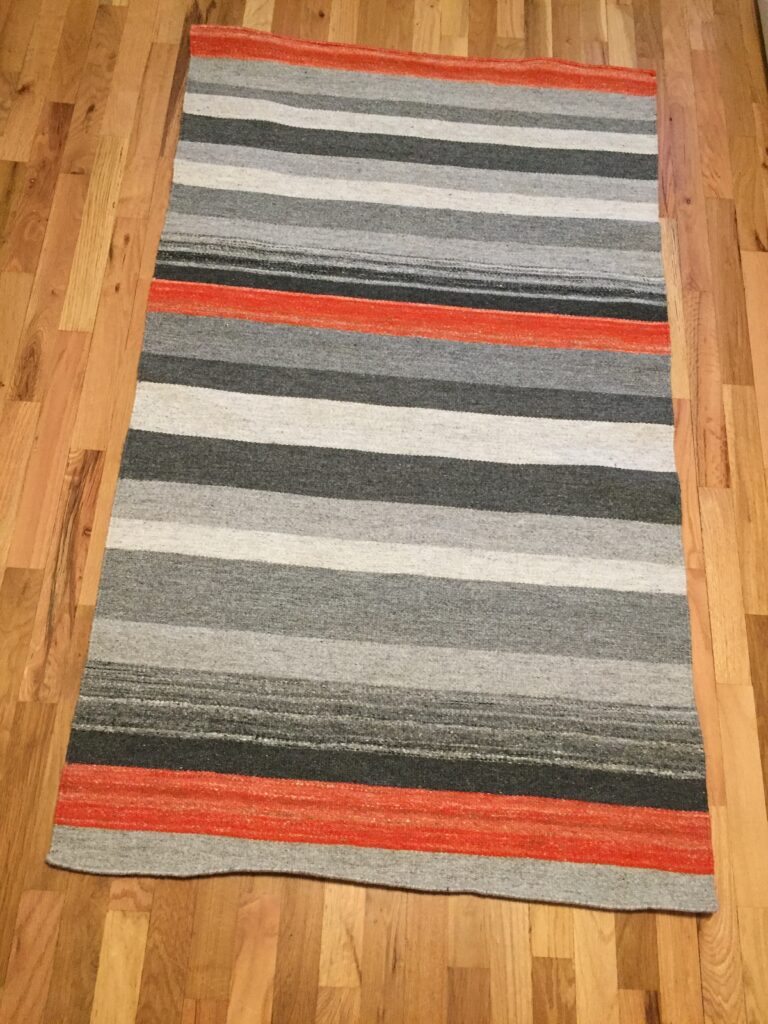Although yoga was designed to allow us to use our bodies in our own natural environments, it is easy to get caught up in the idea that we have to have just the right equipment. In fact, there are many ways to use common household items as yoga props that require no financial investment. The variety in using different props from home is actually a benefit to our practice as it allows us to explore working with materials of different heights, textures, densities, etc. So get creative! As you experiment with items at home, feel free to share your unique ideas with us and we can add them to this page for the benefit of other students.
Home Props

Bolsters. An excellent bolster can be made by laying out three thick bath towels on top of each other, rolling them up together and securing with rubber bands as shown in picture. You can also use pillows, couch cushions or a folded or rolled up blanket or quilt.

Straps. A belt, necktie, or scarf works great for a strap replacement.

Blocks. A nice thick book can make a great block. Make sure to choose an appropriate size and weight for any shoulder work.

Mats. This one is the easiest one of all. Yogis thousands of years ago didn’t have sticky mats! You can do yoga on a carpeted floor or area rug or place a towel on the floor. When doing standing poses, bare feet on a tile or hardwood floor works great, but you can also stand on a carpeted surface if need be. The main thing in the standing poses is to avoid having the feet slip.
Props for Purchase Online
Any props you would like to have to supplement your practice can be purchased online. We recommend YogaAccessories.com for quality and price. YogaAccessories offers most of their products on Amazon as well, so you can compare by looking at their Amazon YogaAccessories Page.
Bolsters. We recommend the supportive round cotton yoga bolster. If the bolster is too thick when it arrives, you can remove all stuffing and re-stuff with approximately 2/3 of original stuffing. Save extra stuffing in a plastic bag for any needed additional stuffing in future.
Straps. Straps may have a metal buckle or plastic buckle or no buckle and should be 6 feet in length.
Blocks. In Kaiut Yoga, we do prefer to stimulate the system by providing lots of feedback from the surfaces with which we interact. We want the body to develop the suppleness it needs to be able to adapt to the prop rather than having the prop accommodate to the rigidity in the body. While all block materials are adequate for home practice, wood blocks provide the most feedback, followed by cork blocks, with foam blocks providing the least feedback.
Mats. 1/8″ thickness mats are preferred for more feedback from the floor but 1/4” mat thickness mats are fine if needed.
